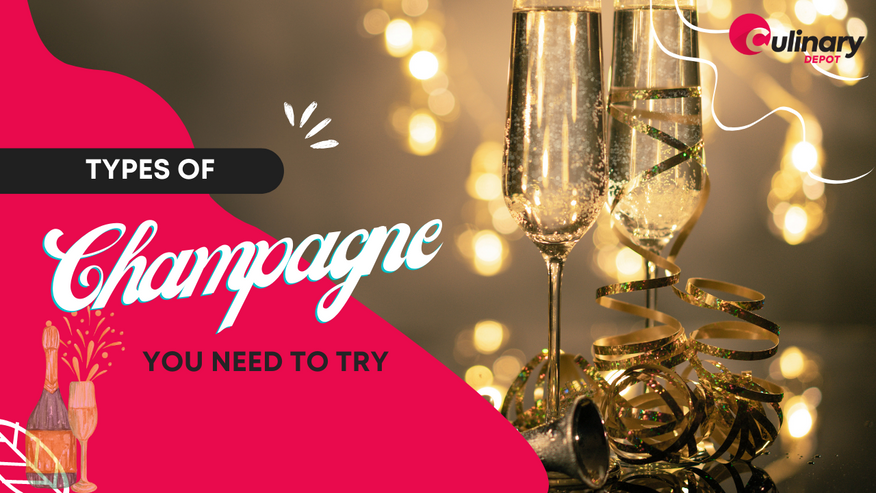Dec 15th 2022 - Monica Cunanan
Types of Champagne You Need to Try
This sparkling drink is a representation of style and good times. Champagne is beautiful and delicious, making it the ideal beverage to serve at formal events. In this article, learn about this wonderful drink and its various versions before you lift your flute glass this holiday season.
Types of Champagne You Need to Try
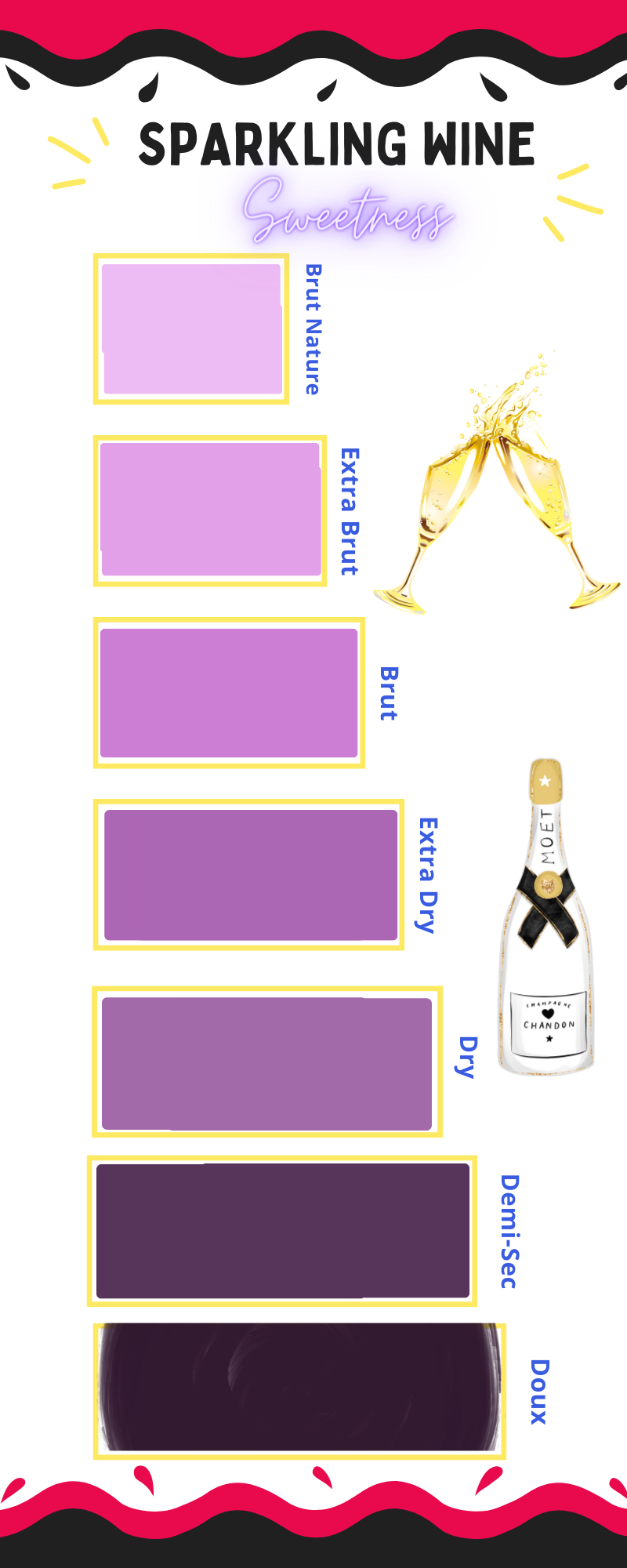
- Champagne Brut
- Champagne Extra Dry
- Champagne Demi-Sec
- Champagne Blanc de Blancs
- Champagne Blanc de Noirs
- Champagne Brut Nature
- Champagne Doux
- Champagne Dry
- Champagne Rosé
- Champagne Extra Brut
Want to know how to hold properly hold a champagne glass? Check this out!
Other Related Articles: The Common Types of Wine You Should Try
Champagne Brut
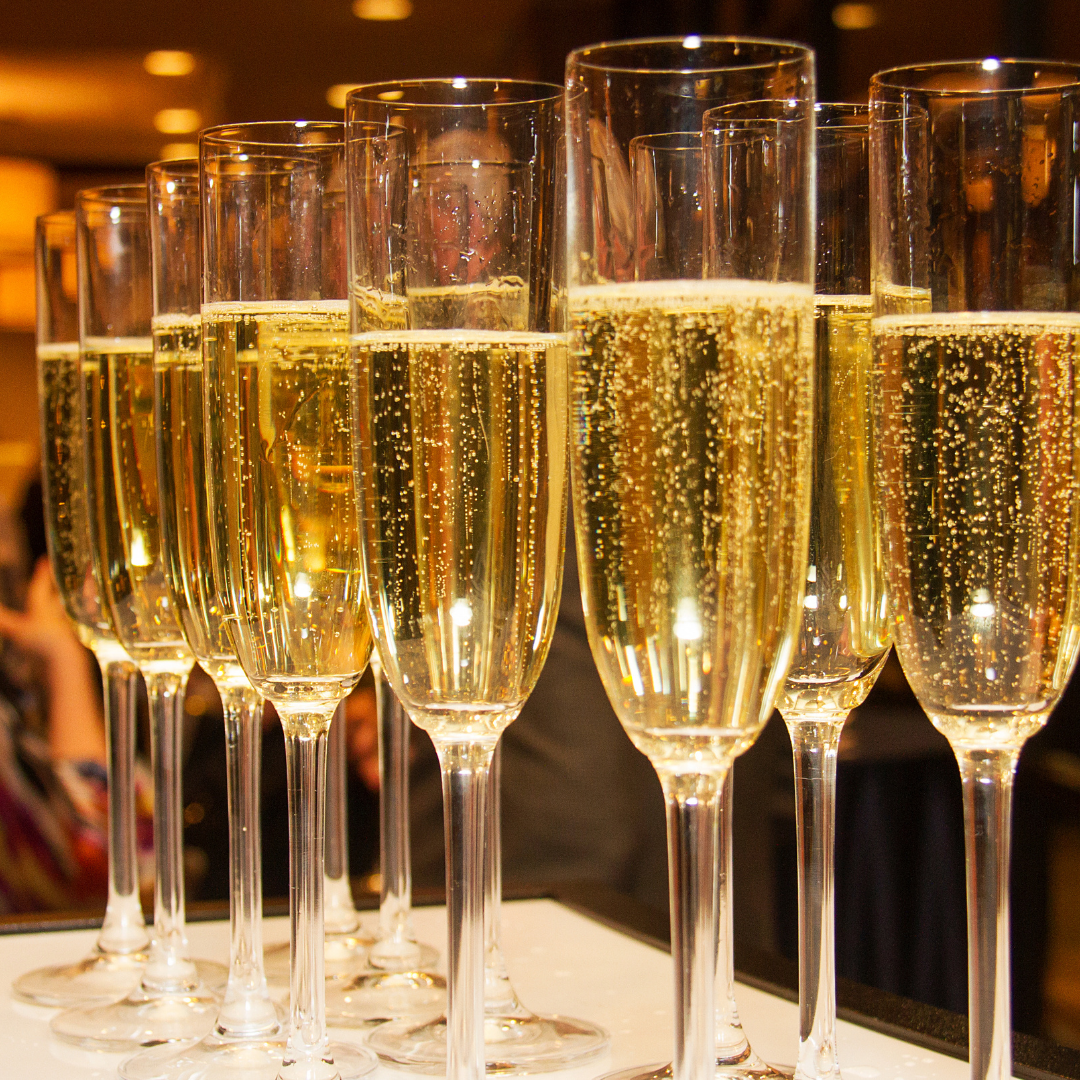
For wine lovers, Champagne Brut is the most preferred beverage because of its well-balanced flavor: just right—not too sweet or too dry. Champagne Brut is a versatile beverage that works well for brunch, gift-giving, and special events.
Champagne Brut is a wine that goes well with food because of its well-balanced sweetness and ripping acidity.
Pinot Noir, Pinot Meunier, and Chardonnay are used to make Brut and it includes between 0 and 12 grams of dose (added sugar) per liter so if you prefer low-sugar sparkling wines, you shouldn't be concerned about it.
To create Brut, winemakers apply the méthode traditionnelle wherein yeast and sugar are added to wine as part of the procedure to promote secondary fermentation.
The palate will taste fairly dry after drinking this bubbly and you can choose between white or rose-style drinks.
Champagne Extra Dry
You shouldn't let the moniker "Extra Dry" fool you. It is not the driest end of the Champagne sweetness spectrum.
Champagne Extra Dry is sweeter than Brut but not as sweet as Demi-sec with a dosage of 12 to 17 grams per liter can be found in Champagne Extra Dry.
You can experience sour and sweeter flavors as you sip it, with green fruit, citrus overtones, and almond/brioche flavors combined because grapes including Chardonnay, Pinot Noir, and Pinot Meunier are blended to create it.
When having supper or on special occasions, Extra Dry might be served as an aperitif as it goes nicely with fish, cheese, and butter cream sauce.
Champagne Demi-Sec
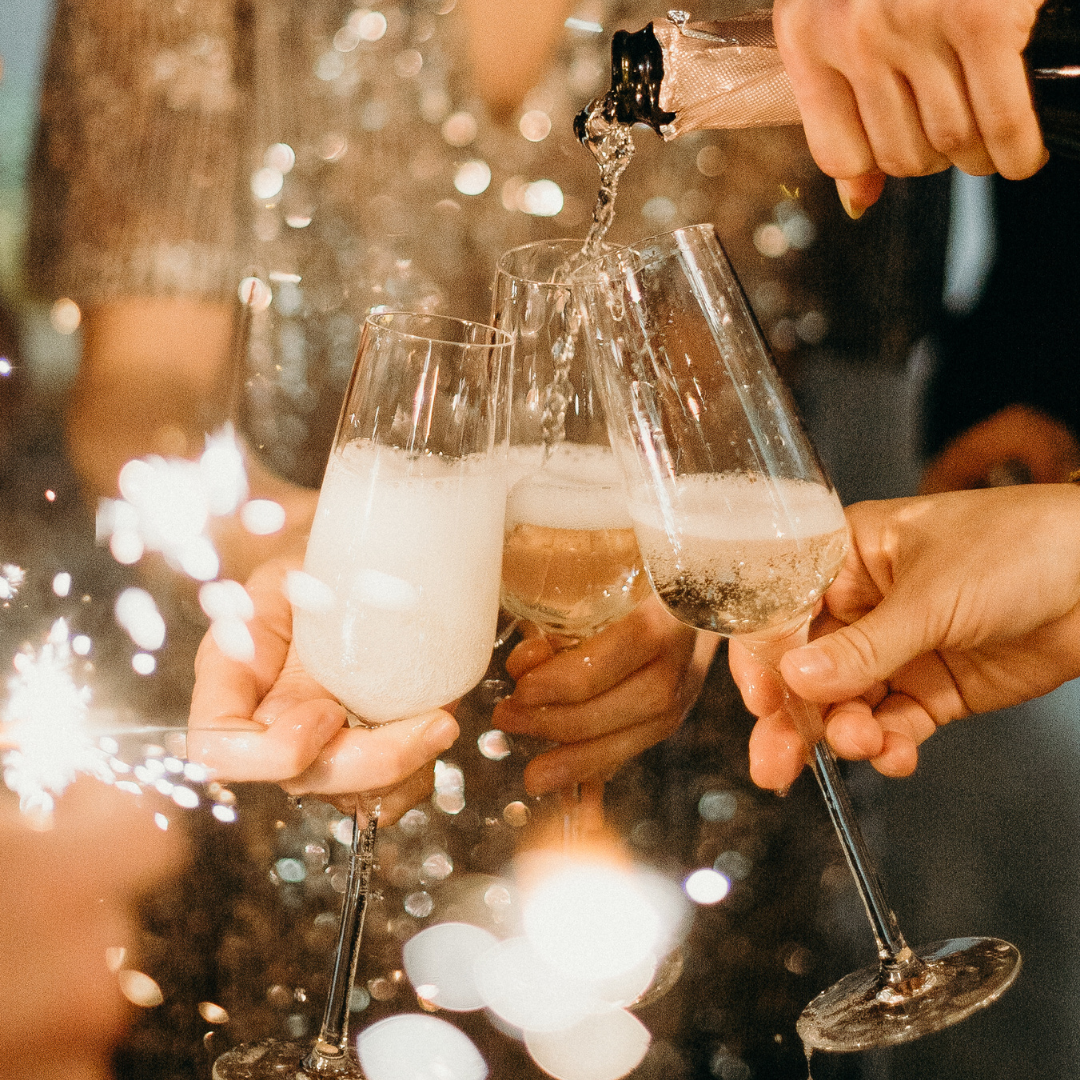
Champagne Demi-sec is a fantastic option for those who enjoy sweet wines. , it is the e.
This Champagne has a sweet taste, and it is the second-sweetest sparkling wine after Doux. Demi-sec means "semi-dry" or "half-dry." It has a higher dosage of 33 to 50 grams per liter, which makes it perfect is a fruit-flavored sweet wine that can be enjoyed as a mimosa cocktail, dessert wine, or as an aperitif.
The grapes used to make this Champagne include Chardonnay, Pinot Noir, and Pinot Meunier and these components give the Champagne powerful fruit flavors.
Champagne Blanc de Blancs
The majority of Champagnes are typically created by combining Pinot Meunier and Pinot Noir with red and white grapes while Champagne Blanc de Blancs, on the other hand, is distinctive because winemakers only utilize white grapes to make it. This explains how its name, which means "white among whites," came to be.
Chardonnay grapes are used only to make Blanc de Blancs. The grapes are what give this Champagne its light, fruity taste.
This Champagne is a favorite among food connoisseurs since it is the ideal aperitif. If you're cooking delicate items like seafood, champagne can be the ideal pairing.
Champagne Blanc de Noirs
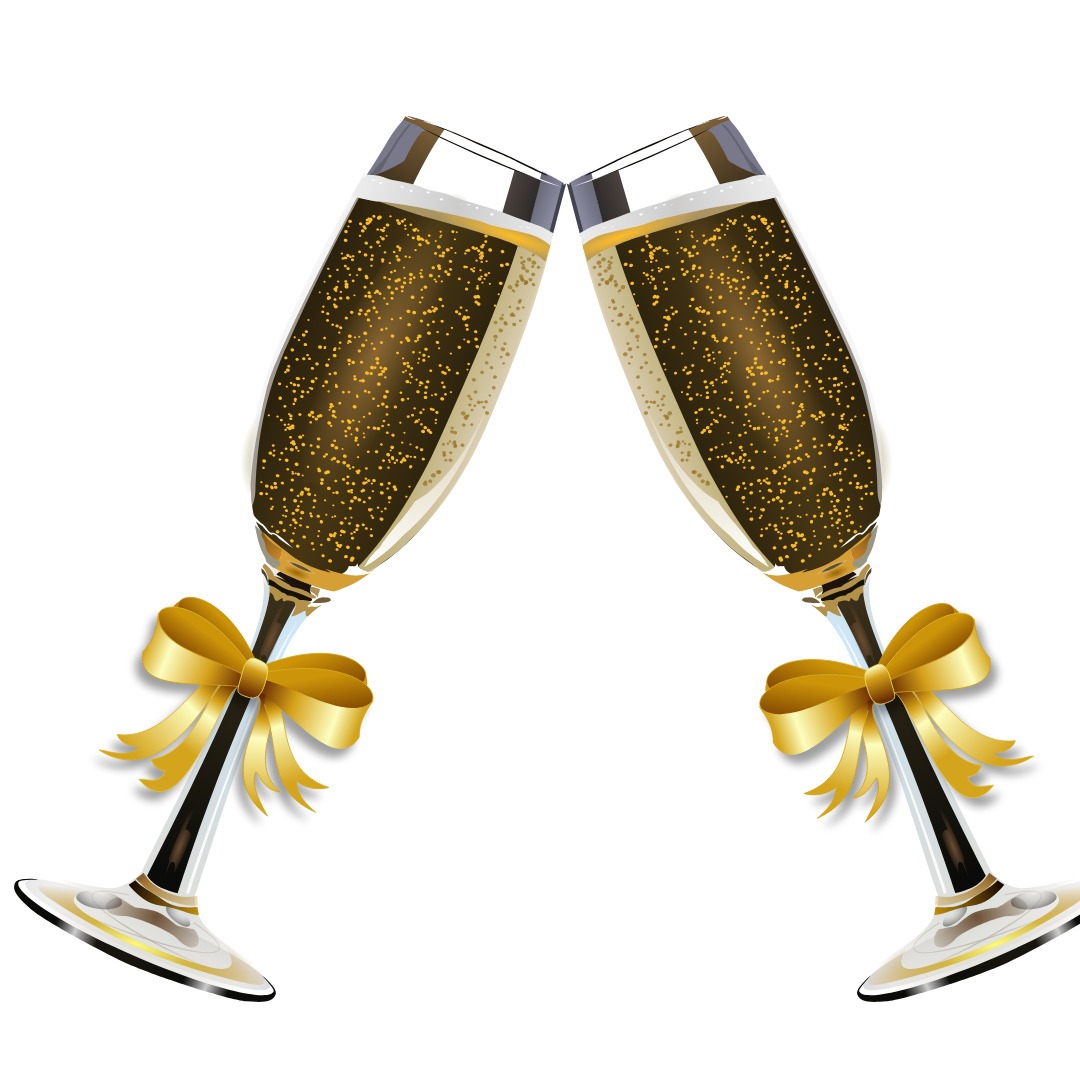
If you're seeking white Champagne that isn't created from Chardonnay, Champagne Blanc de Noirs is a great option. This sparkling wine's name means "white from blacks."
Winemakers press the fruit and scrape off the dark skins to create white wines from red grapes until they just have clear grape juice, which is removed and fermented.
The color and fresh flavor of this Champagne are its standout features as well as its distinct fruity aroma and a clear pale tint with yellow-gold undertones, delicate freshness, and.
The yellow undertones in champagne tend to get stronger as it ages and they are ideal beverages for any meal because of its fruity flavor and scent.
Champagne Brut Nature
If you prefer toasting on a cool beverage with little to no sugar content, this Champagne in its natural or driest state is known as Brut Nature, Brut Zero, or non-dosé.
The dosage ranges from 0 to 3 grams per liter.
Various grapes, including Chardonnay, Pinot Meunier, and Pinot Noir, are used to make Champagne these grapes are pressed, and the juice is then fermented naturally.
Despite the drink's greater acidity, the palate is left with a fresh and vibrant taste and can be paired with iodized food pairings or used as an aperitif.
Champagne Doux
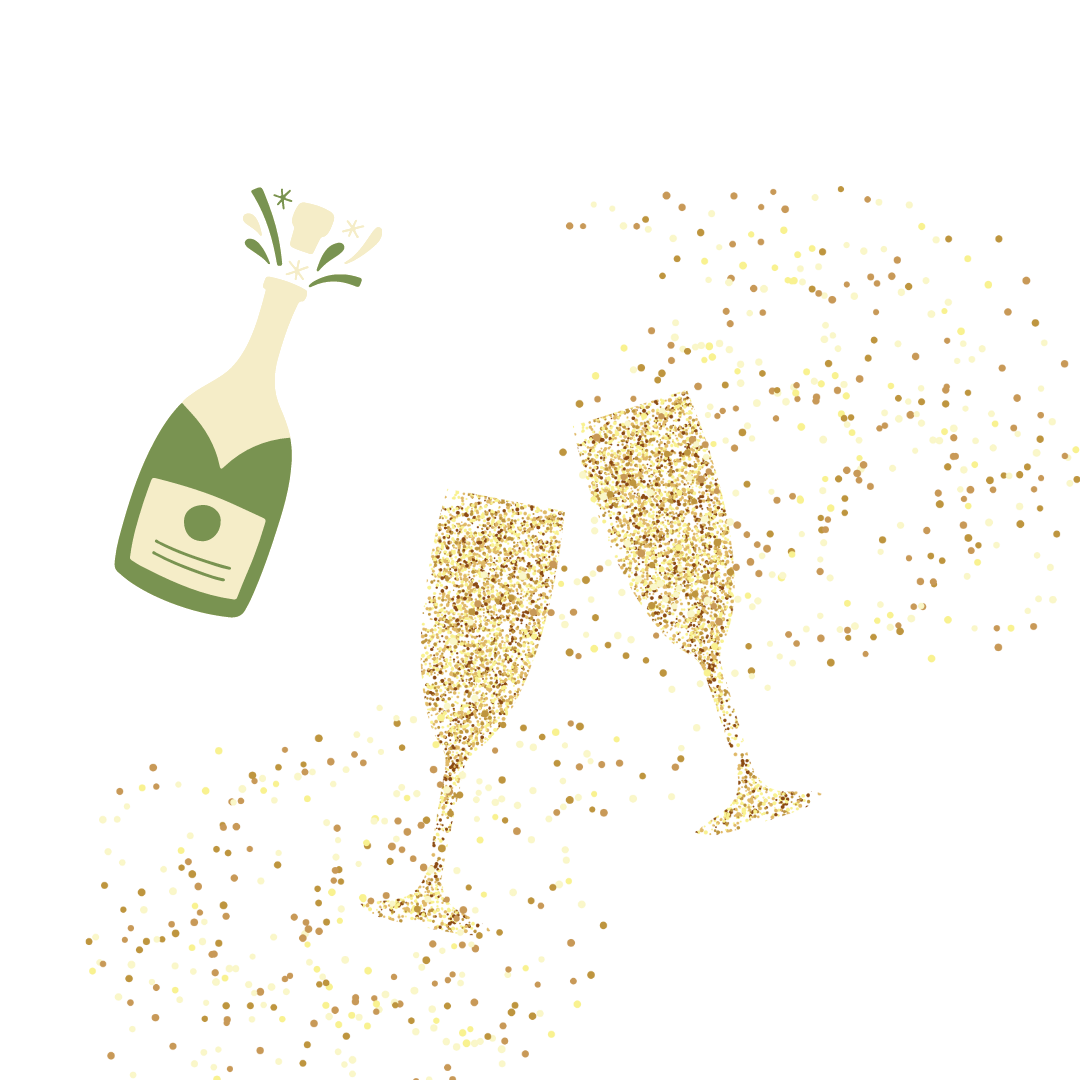
The sweetest French sparkling wine is Champagne Doux. I believe that this sweet sparkling can be the ideal beverage to enjoy with family or friends following a heavy meal.
The dosage in the Champagne is 50 grams or more per liter. The most sugar that has ever been added to Champagne is this amount.
It is made from grapefruits like Chardonnay, Pinot Noir, and Pinot Meunier and is considered a dessert wine due to its sweet flavor.
This Champagne can be used as a dessert or a sweet aperitif. Additionally, because it is a sweet wine, you may match it with foods that are both spicy and sweet, sauces, or dark chocolate.
Dry varieties have become increasingly popular today, so finding them is unfortunately quite difficult.
Champagne Dry
The ideal choice for a good alternative to Champagne Extra Dry is Champagne Dry.
Champagne Dry (Sec), in contrast to Extra Dry, has a dose of 17 to 32 grams per liter.
It is produced using Chardonnay, Pinot Meunier, and Noir grapes and they give it the right amount of acidity and fruity scent to mix with other dishes and beverages.
Champagne dry has a distinct dryness that is absent from other dry drinks and goes well with sushi, red berries, peaches, lemon pie, milk chocolate, and ice cream thanks to its mild sweetness.
Champagne Rosé
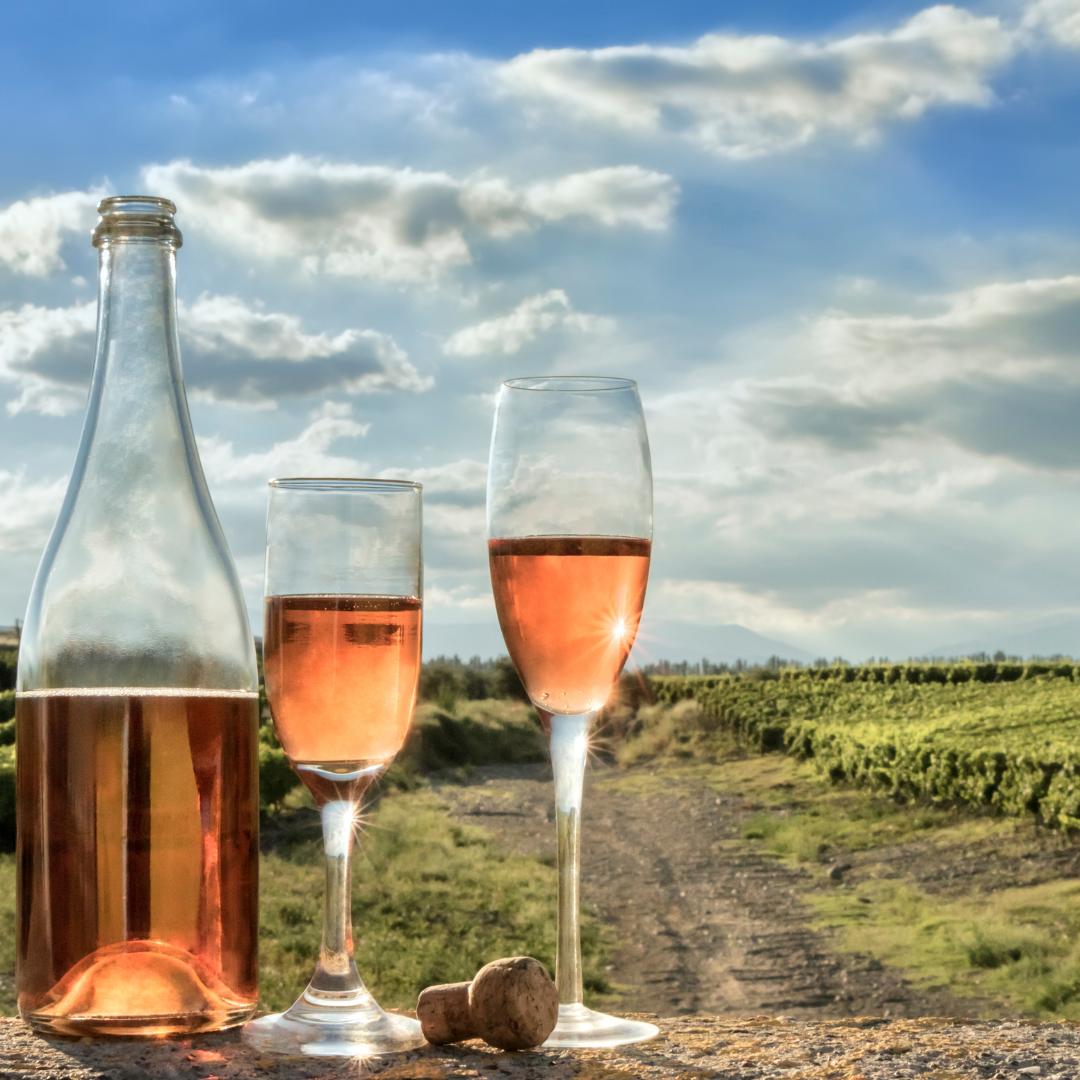
Champagne Rosé stands out from other varieties of Champagne thanks to its unusual hue.
It has a faint pink tint that ranges from salmon to dark crimson. Some refer to it as pink Champagne due to the slight pink hue.
To make Champagne Rosé, winemakers can ferment red grapes with their skins or blend white and red wines but the Pinot Meunier and Noir grapes are the first steps in the process.
This French sparkling wine has a distinctive color and robust fruit flavor that your palate retains berry flavors after tasting Champagne Rosé.
This Champagne is a great afternoon beverage because it can be either mild or full-bodied.
It goes well with heavier meat dishes or an after-dinner dessert beverage.
Champagne Extra Brut
This bottle of champagne lets you enjoy the authentic flavor of sparkling wine without consuming too much-added sugar.
The dosage in the Champagne ranges from 0 to 6 grams per liter and is produced using grapefruits like Pinot Noir, Pinot Meunier, and Chardonnay, like the majority of dry categories.
For those who feel that a wine's intrinsic tastes are drowned out the high sweetness level, Extra Brut is the ideal option.
Because of its vivid acidity, it pairs beautifully with dishes like raw shellfish, oysters, mashed potatoes, and hot, spicy curries.

